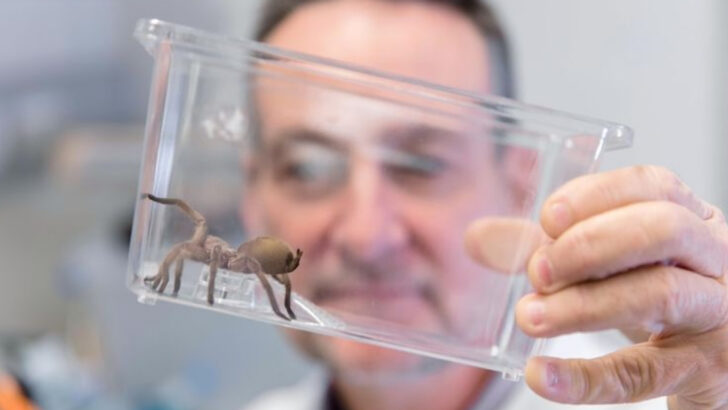Venom isn’t just for horror movies and jungle nightmares.
It’s saving lives—right now, in ways you’d never expect.
That creepy scorpion in the desert?
Its venom holds clues to stopping cancer.
The feared deathstalker? A biotech hero in disguise.
For decades, we’ve feared these animals—spiders, snakes, jellyfish—as nature’s assassins.
But the real story? They’re biochemical geniuses.
Their toxins aren’t just deadly—they’re precise, powerful, and packed with potential.
We’re talking painkillers stronger than morphine.
Blood thinners that outsmart strokes.
Even hope for treating Alzheimer’s.
So while they might send shivers down your spine, these creatures aren’t villains.
They’re misunderstood miracle workers wearing fangs and stingers.
Let’s meet the venomous life-savers hiding in plain sight.
Brazilian Wandering Spider
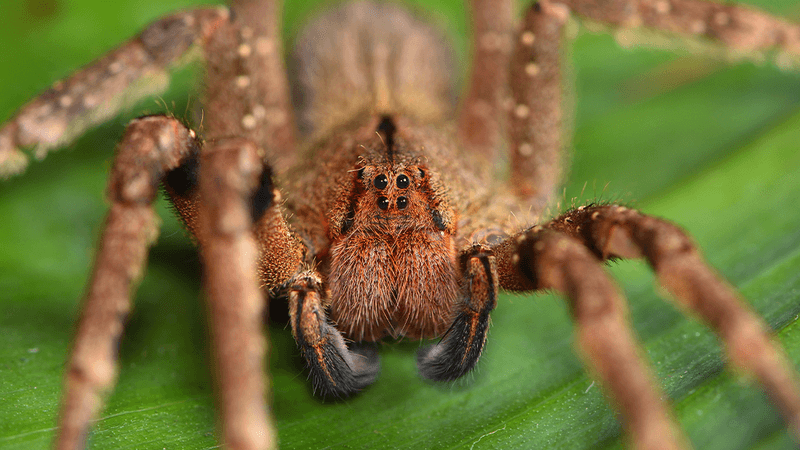
Known for its potent venom, the Brazilian Wandering Spider strikes fear in many. Yet, its venom harbors compounds that may treat erectile dysfunction, offering potential medical breakthroughs.
These spiders roam the rainforest floor, not weaving webs but actively hunting prey. Their vibrant appearance and unique behaviors have intrigued scientists worldwide.
Recent research delves into its venom’s properties, revealing potential therapeutic uses beyond treating bites. Its role in biodiversity underscores the importance of preserving its habitat, ensuring this venomous marvel’s survival. The Brazilian Wandering Spider exemplifies nature’s complexity and unexpected benefits.
Cone Snail
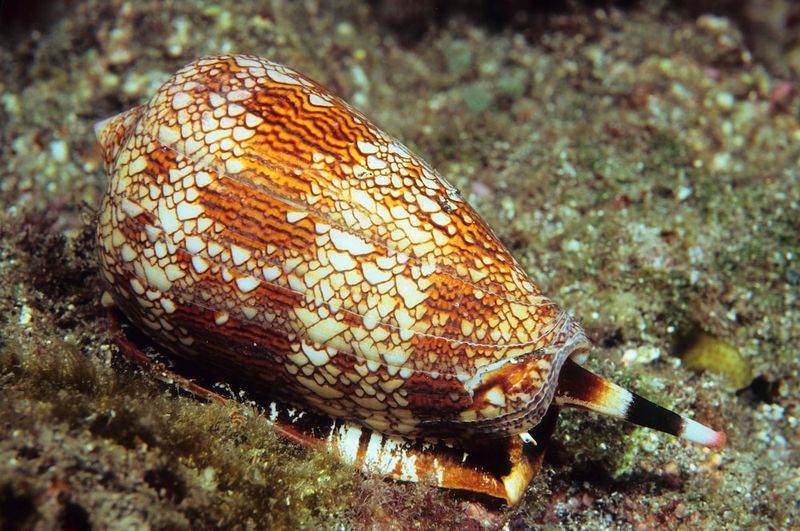
The Cone Snail, with its beautiful yet deadly appearance, is a marine marvel. Its venom, used for hunting, can also alleviate chronic pain in humans.
Scientists have isolated a compound called conotoxin, which shows promise in developing painkillers. This tiny creature’s venom could replace traditional opiates, reducing addiction risks.
Found in tropical oceans, the Cone Snail’s habitat is as enchanting as its shell. The intricate designs make it a sought-after specimen for collectors, yet its true value lies in its medical potential, a testament to nature’s hidden wonders.
Deathstalker Scorpion
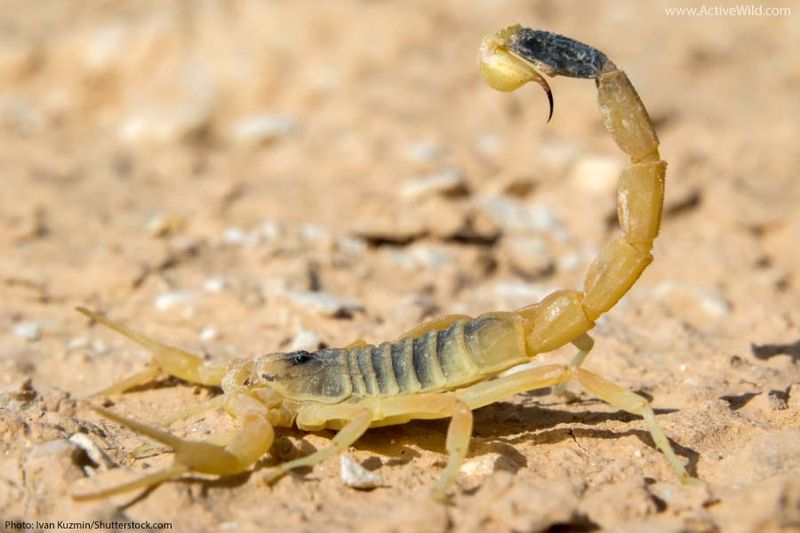
The Deathstalker Scorpion is notorious for its lethal sting, yet its venom offers hope for brain cancer treatment.
Scientists have extracted chlorotoxin, which targets cancer cells without harming healthy tissue. This breakthrough could lead to innovative therapies.
Its natural fluorescence under UV light adds to its mystique, drawing interest from researchers and enthusiasts alike. Despite its fearsome name, the Deathstalker plays a crucial role in its ecosystem, controlling insect populations. Its venom’s potential to save lives affirms its misunderstood nature, blending danger with promise.
Gila Monster
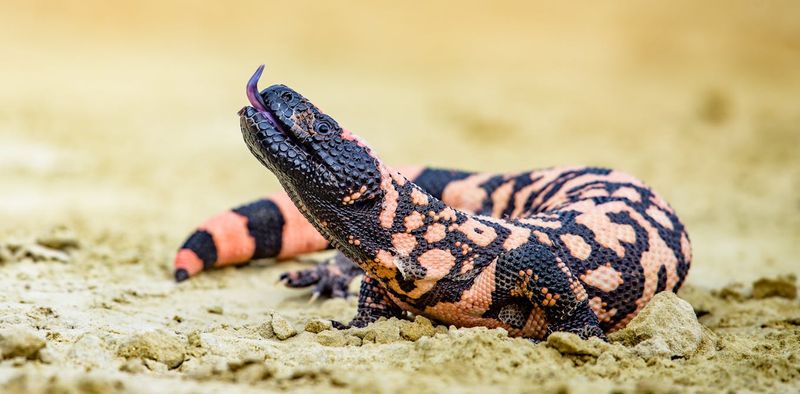
Slow-moving and venomous, the Gila Monster may seem threatening, but its venom has led to diabetes treatment advancements.
Exendin-4, a compound found in its saliva, has inspired drugs that manage blood sugar levels. This discovery underscores the importance of studying venomous creatures.
Native to the southwestern United States, the Gila Monster’s unique appearance and behavior make it a subject of fascination. Its contribution to medicine highlights the potential benefits hidden in nature’s more intimidating species. By protecting its habitat, we safeguard its medical gifts.
Blue-Ringed Octopus
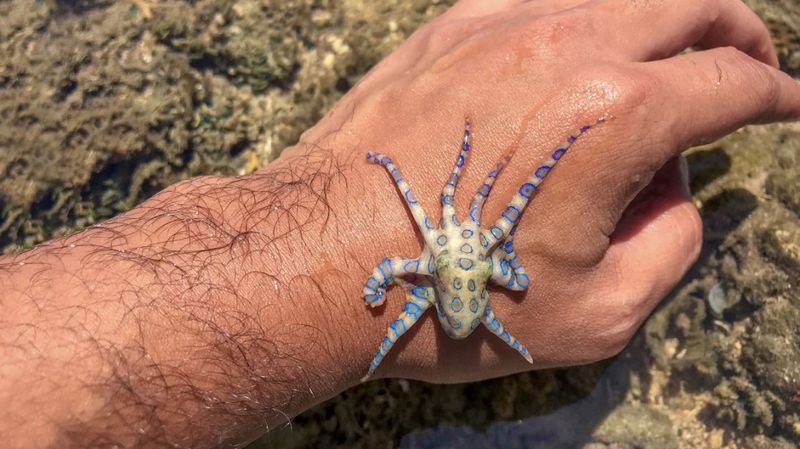
Despite its small size, the Blue-Ringed Octopus packs a powerful venom that is being studied for neurological applications.
Researchers explore its potential in developing treatments for conditions like epilepsy. Its mesmerizing blue rings serve as a warning and a lure for scientists intrigued by its potential.
Found in tidal pools and coral reefs, this octopus exemplifies the delicate balance of marine ecosystems. Its venom, while dangerous, holds keys to understanding neural pathways and developing groundbreaking therapies. Its beauty and peril highlight the intricate links between life and medicine.
Stonefish
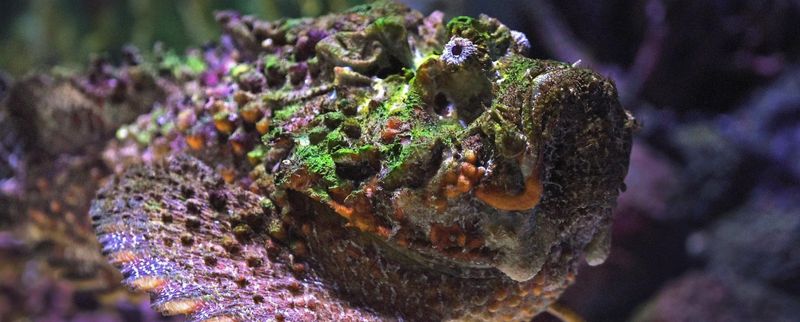
Often mistaken for a rock, the Stonefish is one of the ocean’s most venomous fish. Its venom has potential in treating heart conditions.
Researchers are exploring its cardiovascular effects, hoping to develop new medications. This hidden predator’s camouflage abilities make it both fascinating and dangerous.
Its role in marine life as both predator and prey illustrates its ecological importance. By studying the Stonefish, scientists unlock potential medical applications, a reminder of nature’s hidden treasures. Its venom may one day transform how we approach heart disease treatment.
King Cobra

The King Cobra, revered and feared, offers more than legend and lore. Its venom is being studied for pain management and anti-inflammatory drugs.
Unlike many snakes, it preys on other serpents, playing a unique role in its ecosystem. Its intelligence and regal presence have fascinated cultures for centuries.
Found in the forests of Asia, the King Cobra’s contribution to medicine can revolutionize treatment approaches. Its venom provides a natural source for novel pharmaceuticals, blending myth with modern science. By preserving this iconic snake, we protect its untapped potential.
Tarantula

Tarantulas, with their imposing size and hairy bodies, often instill fear. However, their venom contains peptides that show promise in treating muscular dystrophy.
Research into these peptides could lead to breakthroughs in muscle repair therapies. Tarantulas’ role in controlling insect populations highlights their ecological significance.
Found across diverse habitats, these arachnids are more than their fearsome reputation suggests. Their contributions to science and medicine challenge perceptions, offering hope for those with muscular impairments. As we explore their potential, we uncover the positive impact of these misunderstood creatures.
Box Jellyfish
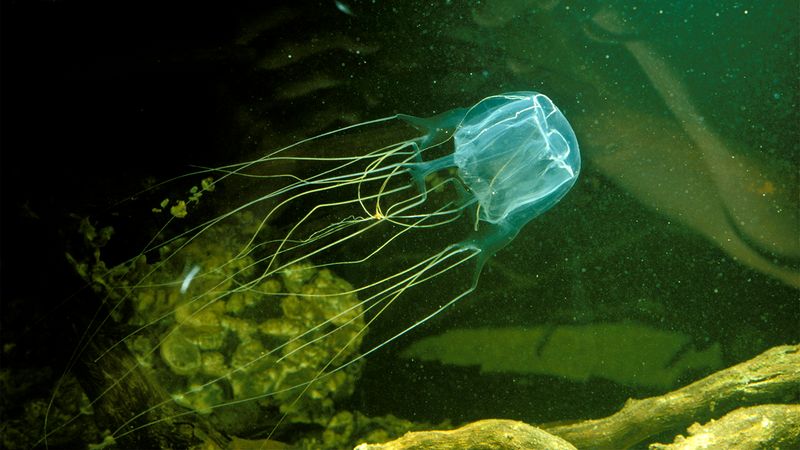
The Box Jellyfish, with its lethal sting, poses dangers to swimmers but also holds medical potential. Its venom is being researched for skin grafts and anti-inflammatory properties.
By understanding its toxic compounds, scientists aim to develop treatments for human injuries. This jellyfish’s ethereal beauty masks its danger, captivating marine biologists.
Found in the Indo-Pacific, it plays a complex role in marine ecosystems. Its study not only helps prevent stings but also opens doors to medical innovations. The Box Jellyfish exemplifies the delicate interplay between fear and fascination in nature.
Komodo Dragon
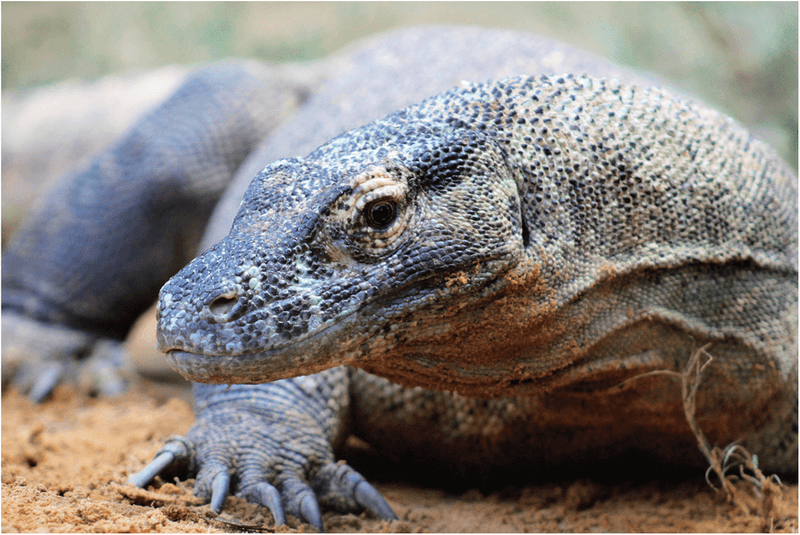
The Komodo Dragon, a formidable predator, harbors venom that could revolutionize anticoagulants. Beyond its mythic status, this island dweller’s saliva contains proteins that prevent blood clotting.
Researchers study these proteins for potential medical use, offering new approaches to blood-thinning medications. Its role as an apex predator helps maintain ecological balance on its native Indonesian islands.
Despite its intimidating reputation, the Komodo Dragon’s venom may aid in life-saving treatments. Exploring its potential reveals the multifaceted nature of these misunderstood giants, bridging the gap between fear and innovation.
Inland Taipan
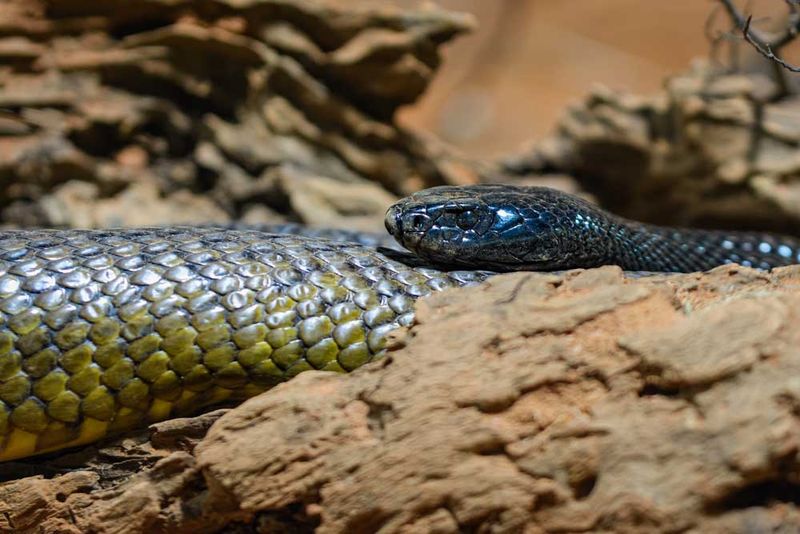
Dubbed the world’s most venomous snake, the Inland Taipan offers potential medical benefits. Its venom’s ability to target specific cells is being studied for cancer treatment.
Despite its fearsome title, this snake is reclusive and rarely encountered by humans. Its precision and potency make it a subject of scientific intrigue.
Found in Australia’s arid regions, the Inland Taipan’s venom could lead to targeted cancer therapies, offering new hope for patients. This snake’s dual nature as both perilous and promising exemplifies the unexpected gifts found in nature.
Sea Anemone
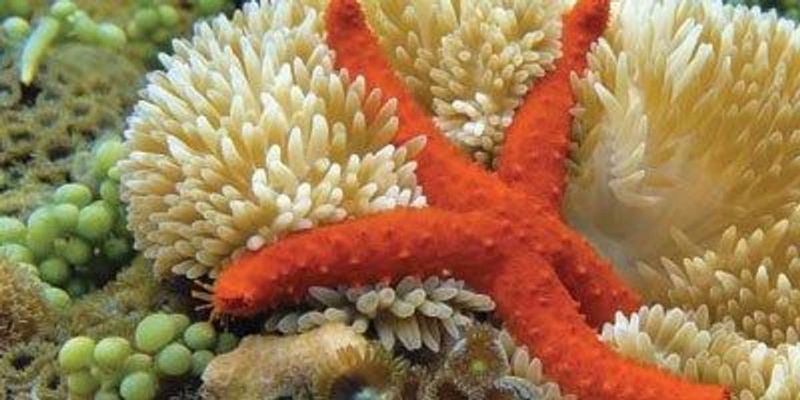
Sea Anemones, often admired for their beauty, harbor venom that holds therapeutic promise. Their toxins are being researched for use in autoimmune disease treatments.
This sea creature’s complex relationships with other marine life highlight its ecological role. Its colorful presence on coral reefs draws the eye, masking its potent defenses.
Scientists explore its venom for potential medical applications, aiming to develop new therapies for conditions like multiple sclerosis. The Sea Anemone exemplifies harmony and healing in the natural world, merging danger with potential cures.

